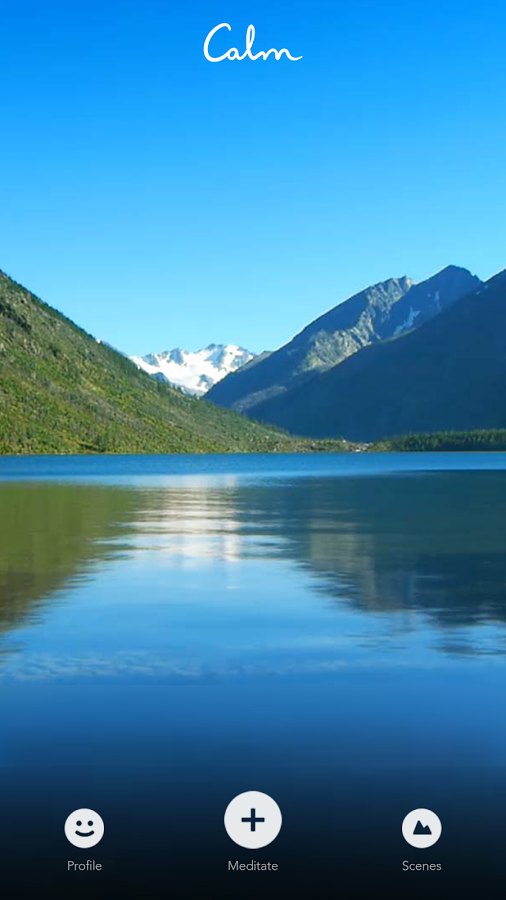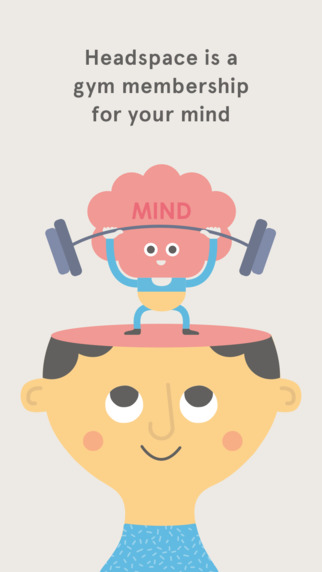The warped emotional visual for "Relapse" was the result of a large collaborative effort between several rising talents. Thankfully we were able to catch some footage on set to give a glimpse into the magnitude of this crew's work. Take a look here:
To add another unique perspective, Sophia Stoller, who beautifully choreographed the piece, was gracious in answering a few questions:
What was your process for choreographing and casting the dance featured in "Relapse?" What about the song was inspiring for you?
After hearing the song, I knew I wanted the movement to be derived from an internal experience of struggle. Relapsing, be it in the situation of a toxic relationship or drugs, generally involves a physical addiction of some kind, so my feeling was that the story of this song was already inherently existing in the world of physical movement. I started my process in my living room, listening to the song on repeat and allowing it to move through my body. These repeated improvisations eventually took shape as choreographed phrases. In my conversations with Yoshino, we had discussed the dance getting progressively more desperate and violent as the song built, so each phrase incorporated a new level of intensity or struggle. I have worked with Kayla, Dina, and Yvonne on past projects, and I knew they would each bring their own unique qualities to the movement I gave them, which something I really value in a dancer. I also knew they were able to work fast...they learned all of the movement in one short rehearsal.
“The story of this song was already inherently existing in the world of physical movement.”
Would you say there is a certain aesthetic or style or inspiration you're drawn to in your own work specifically? How do you describe it and what about it resonates with you?
My training as a dancer is very eclectic, and many little tastes of the styles I have studied throughout my life find their way into my choreography. I would describe the work I make as contemporary dance, but there are definitely elements of hip hop in this piece as well. My inspiration generally comes from exploring psychological and mental states through physicality. There is so much that can be communicated about emotional experience through movement, and I am fascinated by the idea of transforming something that is very internal into something that encompasses the entire body in an outward expression of some kind. Aesthetically, I am drawn to high contrast and dynamism--choreography that surprises the eye again and again with quick shifts, subtle sharp accents, and clever punctuation.
“I am fascinated by the idea of transforming something that is very internal into something that encompasses the entire body.”
What is one of the major highlights of your career in choreography so far, the stuff you couldn't wait to share with others? A milestone, etc.
Last March I presented an entire show that I choreographed, directed, and conceptualized called "Lock & Key." The show was about physical and psychological prisons, and I collaborated with a team of incredible artists to develop an interactive set, live feed video projection, an original score of music, and lighting design that created the atmosphere of the piece onstage. The performance was my MFA thesis concert (I received my MFA in Choreography from CalArts in May 2015), so not only was it my most accomplished feat as an artist thus far, but was also a significant milestone because it signified the completion of my masters degree. Learning to edit video and creating my first dance film in 2013 was also a major highlight in my career thus far. Video editing is all about flow and movement, and my vision as an editor, particularly when editing dance footage, is deeply informed by my work as a choreographer.
Check out an excerpt from Stoller's "Lock & Key" below:










